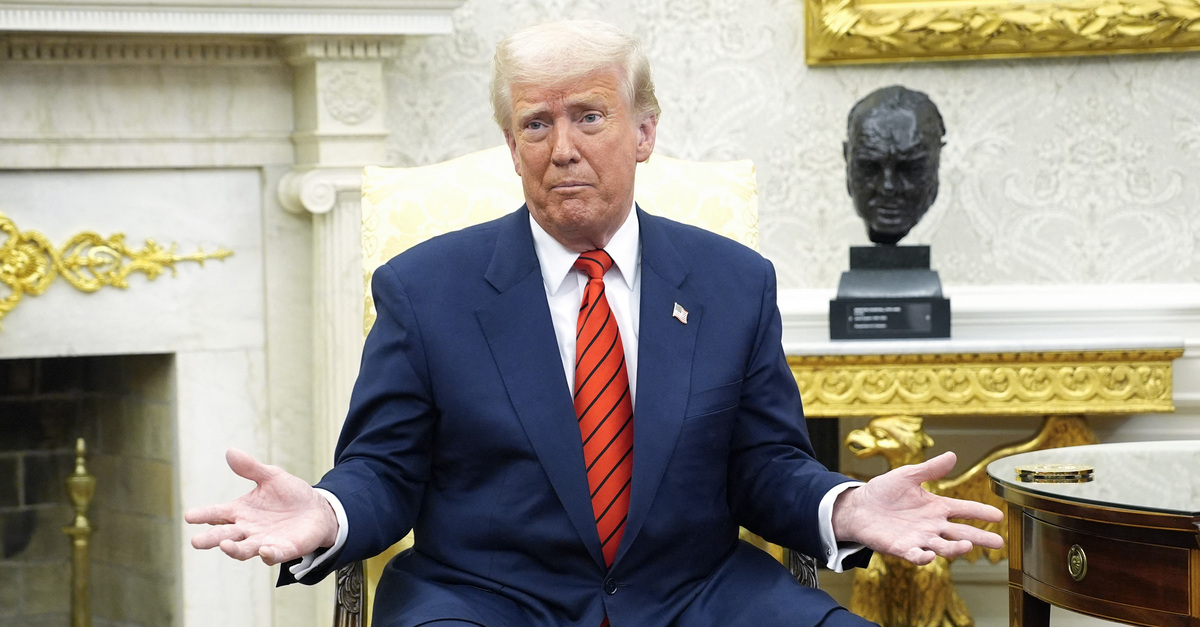Judge Urged to Block Deportations After ICE Mistakes Tattoos for Gang Symbols
Imagine getting thrown out of the country you call home because of a tattoo. Not because you committed a crime. Not because you were in a gang. Just because immigration officials thought your tattoo looked suspicious. That’s exactly what’s happening right now to people like Jerce Reyes Barrios and Anyelo Jose Sarabia—two men who were deported by ICE after their completely innocent tattoos were mistaken for gang affiliations.
Now, a federal judge is being urged to stop these deportations before more lives are turned upside down.
When a Soccer Tattoo Becomes a “Gang Symbol”
Jerce Reyes Barrios is a professional soccer player. Like many athletes, he got a tattoo to represent his passion—a crown over a soccer ball, with a rosary and the word “Dios” (God). But instead of seeing it as a tribute to his faith and love for the game, ICE officers decided it was a gang tattoo.
Despite his protests, Barrios was quickly deported to Venezuela, a country he had fled to escape violence and instability. His only crime? Having a tattoo that ICE agents didn’t understand.

Then there’s Anyelo Jose Sarabia, a 19-year-old asylum seeker. He had a simple rose tattoo, something plenty of people get. But ICE officers claimed it was a gang sign, even though his sister insists it was just a personal piece of body art. Like Barrios, he was deported without a second thought.
These aren’t isolated cases. People are being judged, detained, and sent away over tattoos that have nothing to do with crime.
Judge Boasberg Questions ICE’s Actions
The legal battle over these deportations is heating up, with lawyers arguing that ICE is violating due process by targeting innocent people. U.S. District Judge James Boasberg, who is overseeing the case, has already shown concern.
At a recent hearing, he questioned whether the Trump administration was ignoring his orders to halt deportation flights to El Salvador. If the government is willing to defy a judge, what does that say about how they’re treating people caught in their crackdown?
The 200-Year-Old Law Being Used to Justify Deportations
To justify these deportations, the Trump administration is using the Alien Enemies Act, a law passed in 1798. That’s right—more than 200 years ago. This law was originally created to let the president detain and deport people during wartime if they were considered threats.
Critics say using this law now is a massive overreach, setting a dangerous precedent that could allow the government to remove immigrants with little or no real justification.
Families Left Behind, Lives at Risk
Beyond the legal arguments, the human cost is impossible to ignore. These deportations don’t just affect the individuals being sent away. Families are being torn apart. People who came to the U.S. for safety are now in serious danger because of a bureaucratic mistake.
For many deported individuals, the countries they are sent back to are far more dangerous than the U.S. Some will face gang violence, poverty, or persecution. And all of this is happening because an immigration officer misread a tattoo.
“This isn’t just a mistake—it’s a tragedy,” said an immigration attorney working on the case. “The government is making life-or-death decisions based on bad intel, and people are paying the price.”
The Government Stands By Its Decisions
Despite the backlash, the Department of Homeland Security (DHS) is standing firm. A spokesperson for DHS, Tricia McLaughlin, claims that these deportations aren’t just based on tattoos but on a broader intelligence process. But when cases like Barrios and Sarabia’s keep surfacing, people are questioning how reliable that intelligence really is.
What Happens Next?
For now, all eyes are on Judge Boasberg. If he rules against the administration, deportations based on weak evidence like tattoo misidentifications could be stopped. But if he doesn’t, more people could be sent back to dangerous situations for no reason other than a misinterpretation of body art.
At its core, this case isn’t just about tattoos. It’s about fairness, justice, and whether the government should have the power to rip people away from their lives based on assumptions.


Comments are closed, but trackbacks and pingbacks are open.